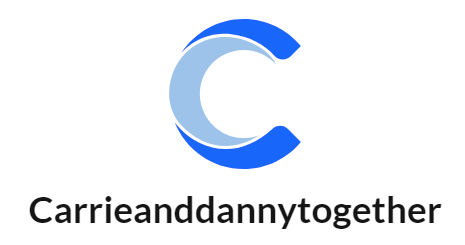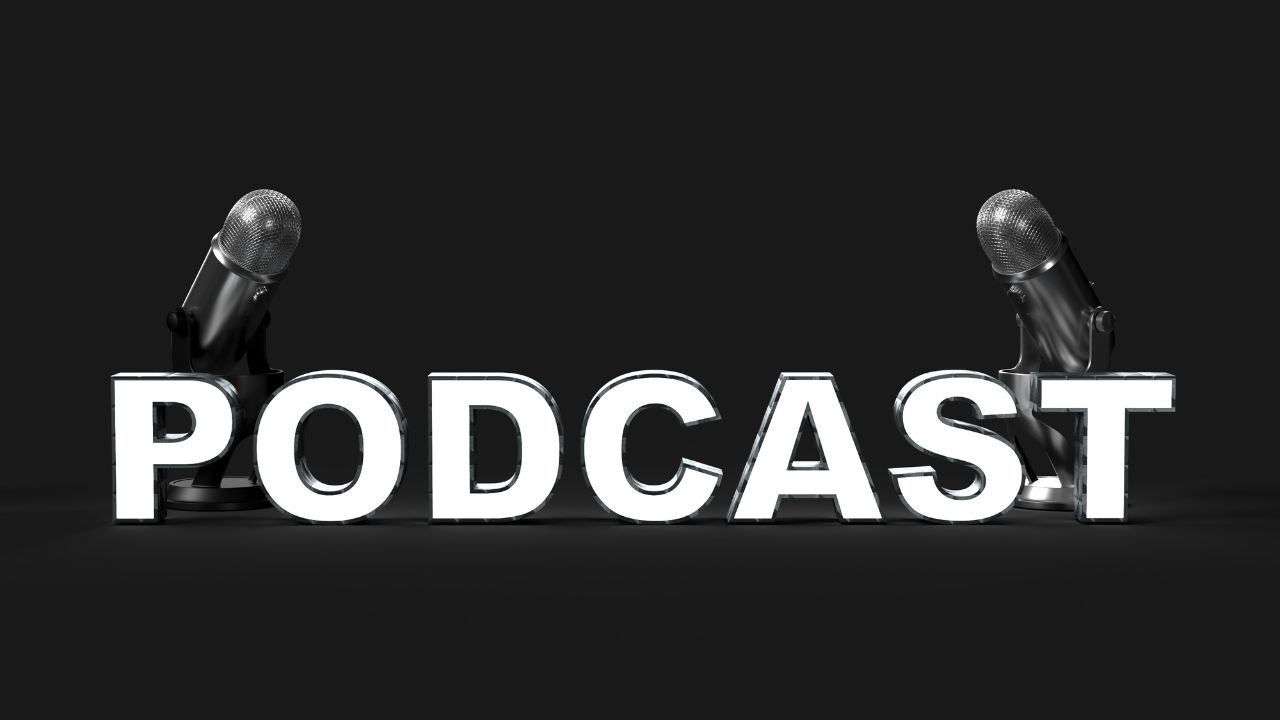One of the most useful forms of communication, community building, and reaching individuals across the world has also been the influence of podcasting. Presenting a podcast may seem like a difficult process. It is due to the following questions: what equipment is needed to start a podcast, how to record, how to edit, how to publish, how to promote, etc. However, with the right guidance and tools, starting a podcast can be straightforward, affordable, and even enjoyable.
Knowledge of the Purpose and Audience
All successful podcasts start with a sense of purpose. Creators have to know why they are beginning a podcast and to whom they are addressing before they have captured even the first episode. Regardless of whether the purpose is to teach, entertain or inspire, having a clear direction defines all the creative choices that will proceed. A clear niche will assist the host in reaching the appropriate niche and staying focused during the development of the show.
The gap analysis in the market and the refinement of the concept of the show can also be conducted through researching similar podcasts. Understanding what is already there assists a maker in creating a distinct value proposition, something that also makes the show special. Knowing the preferences of the target audience, including the tone, length, and style of the content, sure of the fact that every episode will leave a strong impact on the listeners.
Organizing the Podcast Dynamics and Structure
When the purpose is established, the subsequent step is to choose the format and structure. An interview-based, co-hosted, or solo-hosted podcast will be the best option based on the resources and capabilities of the producer. All formats have their merits. Such as solo podcasts emphasize the expertise, co-hosted shows introduce the element of conversation and interview shows introduce new visions.
It is also important to plan the episode structure. As the majority of successful podcasts follow a similar pattern, they have a regular opening, a body of conversation, and a conclusion. Coherence develops familiarity among the listeners and a professional touch. The number of episodes will also be a choice--episodic episodes will be easy to fit into the busy schedule, and longer discussions will give it more depth and discussion.
Setting Up the Equipment
A podcast with a professional sounding does not demand a professional studio. Novices can initially use simple and sure equipment that provides good sound. The base will be a good microphone, two closed-back headphones and a computer or smartphone with recording software. To go a step further, an audio interface may be used to enhance the sound quality and its versatility in case XLR microphones are used.
Recording in a low-noise environment with soft furnishing will help reduce the amount of echo and background noise. Audio clarity is also improved by the use of pop filters, microphone stands and simple acoustic treatment. The constant arrangement enables the creators to concentrate on the content and avoid technical nuisance so that every episode sounds professional and interesting.
The Process of Recording and Editing
It is during recording that preparation becomes creation. This is important to keep a natural and conversational tone of the speech, but still make the speech clear and well-paced. Novices usually find it easier to write an outline as opposed to a complete script so that delivery remains genuine. Errors are bound to occur during the recording, and they can be corrected easily during editing.
The editing software enables the user to cut down pauses, reduce noise, and perform volume equalization. The show can be given an elegant look by adding some background music or themes. Editing may appear lengthy. It enhances the enjoyment of the listeners and assists in the preservation of quality in the episodes.
Expanding and Developing with Time
The introduction of a podcast is not the end. The show is constantly changing through continuous learning and adaptation. Keeping track of analytics assists in determining the most popular subjects or formats among the listeners. The increase in the quality of sounds, narrating, as well as the delivery, is naturally achieved with experience.
Stability is the greatest success element. Frequent postings, genuine engagement and consistent growth establish credibility among the followers. However, through time, it might start as a small project and develop into an established and highly appreciated medium of sharing ideas and encouraging others.
Conclusion
A podcast might be a complicated task to begin with, but with a roadmap in place, every producer can start a successful and professional podcast. The purpose definition, the correct format selection, the establishment of basic equipment, the recording process with confidence, and the publication process as a strategy are the cornerstones of the success of the podcast trip. The process is even simplified by the use of modern tools such as AIPodify that are able to directly convert written text to a high-quality podcast episode. Only with the appropriate creativity and consistency can anyone develop their voice in the sphere of podcasts, one episode at a time.


